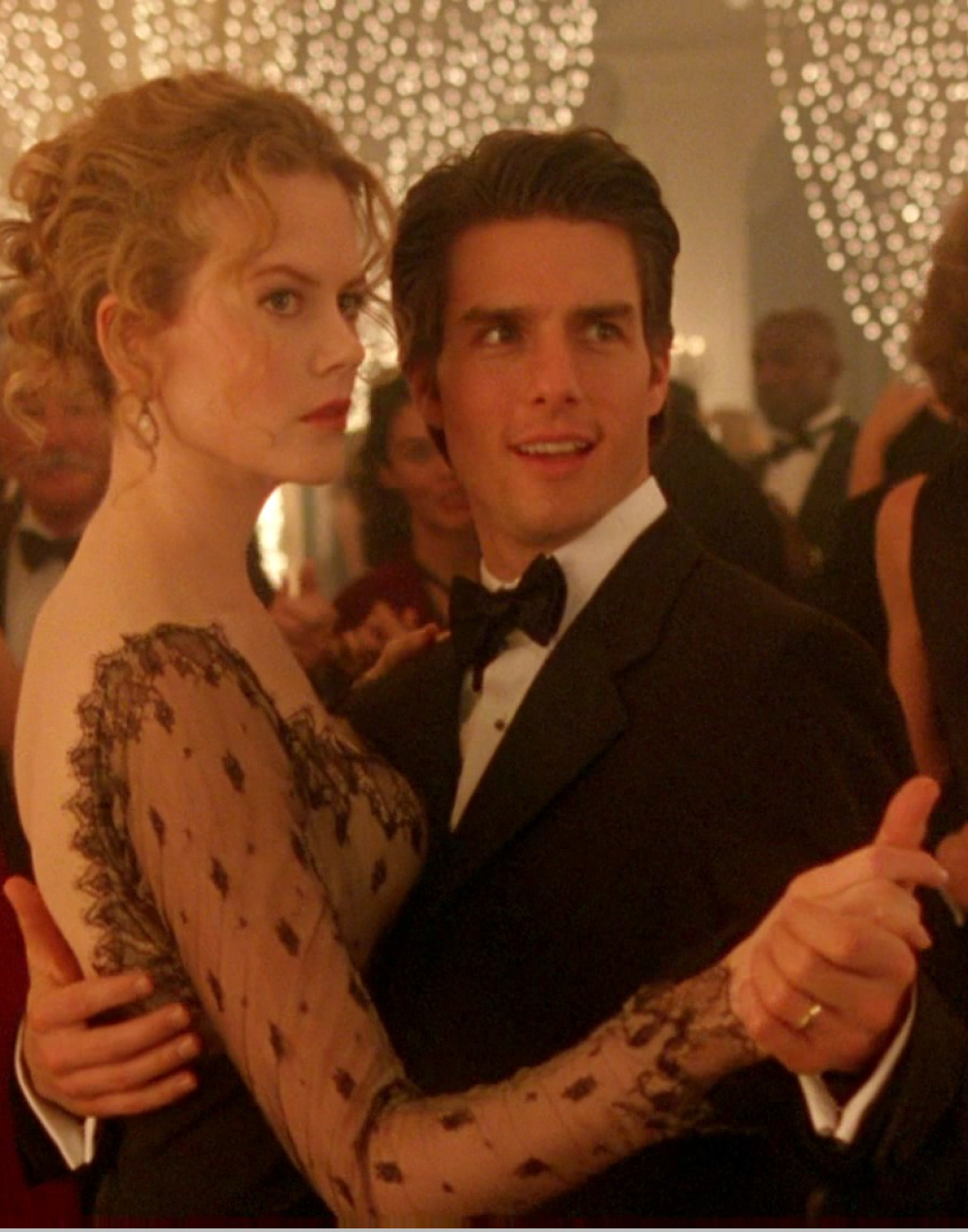
The real horror of “The Substance” is our insecurities Whether you are Demi Moore or Margaret Qualley, you should learn to love yourself more
The Substance is a film about compassion, and we challenge anyone to say otherwise. Splatter, disgusting, extreme, gore. Coralie Fargeat wrote and directed an excessive work, a film in which anyone who has ever looked in the mirror and didn’t like what they saw can relate. The reflective surface is the third character of the film, which was presented at the last Cannes festival and premiered in Italy at the 19th Rome Film Fest. Whether false or true, enemy or friend, the image it reflects can tear our soul apart or boost our ego. The only thing to do is to learn to love yourself as you are. The only one. And it's not that easy. For Elizabeth Sparkle, a forever radiant Demi Moore, it’s definitely not. An Oscar winner who shifted her career towards fitness shows, face and body of one of the most popular workout programs that filled the studio halls with posters and success (the design of which recalls Stanley Kubrick’s Shining), it’s time for her to make way for younger flesh, preferably between the ages of eighteen and thirty. Reluctantly accepting that she has to give up high-cut leotards and sculpted abs, Lizzy will turn to an experimental substance that will give her new skin. Literally. Emerging like a xenomorph from her back, Elizabeth/Demi becomes Sue/Margaret Qualley, “the best version of yourself.” With a new face and new body, the protagonist will reclaim her old spot, but in a different body, with one simple point to remember: whether Lizzy or Sue, who must replace each other every seven days, it’s always the same woman. Just one.
It’s incredible how The Substance, with such a sick and brilliant idea, managed not only to expose us to the insecurities we constantly feel and suffer but also to explicitly tell us that we tend to be our own worst haters. Both when it comes to taking care of our appearance and preserving our inner self. It’s not a whiny demonstration of the old saying “what matters is being beautiful inside” (and, maybe, if each of us had a Margaret Qualley inside, we’d be more than happy to let her out) but rather that loving every version of ourselves, every age we carry, can help us avoid rotting from the inside. And thus the mirror, both hostile and flattering, returns in the key scene of The Substance. As much as you might expect the soul of such an explicit body horror to be blood gushing (it is), torn bodies spewing organs and pus (those are there), and a delirious and disgusting fate for its protagonists (that’s there too), to fully grasp the film’s meaning, all you need is Demi Moore, her reflection, and the complex it instills in women over thirty, especially if they’ve spent their time and effort under the spotlight. The scene couldn’t be more basic: trying to regain some self-esteem—in Lizzy’s skin, of course, not Sue’s—the protagonist agrees to a date with an old high school classmate, who, after running into her by chance, doesn’t fail to remind her that “you’re still the most beautiful girl in the world.”
Demi Moore deserves a Best Actress Oscar nomination for this scene in The Substance alone, plain and simplepic.twitter.com/dtlyvkmCJ3
— Brian Rowe (@mrbrianrowe) October 16, 2024
In a tight red dress, with a plunging neckline and long black gloves (an accessory for which there’s a macabre reason, but we don’t want to reveal too much), Lizzy is radiant before leaving the house, but the towering billboard of Sue’s healthy image looms over her self-confidence like a boulder. She looks at it, looks at herself, wipes off her makeup. She fixes herself, re-applies her makeup from scratch, dusts powder again, adds a little more lipstick. She’s about to leave, but Sue’s billboard stare feels heavier, closer, more judgmental. Lizzy returns to the mirror for the third time, wipes off her makeup again, and this time, with anger, removes the lipstick as if she wanted to scar herself with the bright red tint. She scratches herself, probably, cries in rage, and snarls at her reflection, unable to accept its minor, physiological imperfections, which the substance has removed, along with removing her. And to think that waiting for her at the dinner, which she’ll never attend, is the man who believes she’s “the most beautiful girl in the world.”
@thefilmmemes The Substance (2024) #moviememes #cinemamemes #filmmemes #filmstagram #a24 #mubi #letterboxd #cillianmurphy #criterioncollection #film #movie #cinema #a24films #letterboxd #christophernolan #lalaland #interstellar #pulpfiction #studioghibli #filmtok #thesubstance original sound - thefilmmemes
At that moment, The Substance unfolds like an epiphany before the audience. It tells those willing to watch, but especially those willing to understand deeply, that once you peel away the layer of blood, filth, chicken wings, severed arms, and lurking monsters (Dennis Quaid’s character above all), the film’s beastliness is completely universal. It’s a pain as piercing as a broken spine. It’s a compassion for the protagonist in which we recognize that time we meticulously examined ourselves in the mirror and found five, six, even fifteen flaws we’d want to change about our face and body. And when the film explodes, shifting to grotesque as it erupts like a volcano, that compassion turns into mercy, an active contribution from the audience towards Lizzy-Sue-whoever she may be. She only wanted to be a star, not erased. Pearl teaches us that. But a star for whom? The protagonist’s surname “Sparkle” is a sign. The Substance reaches out to the star system that doesn’t spare even Academy winners—or Golden Globe winners, if we consider those who try to become such with auteur films, like Mickey Rourke in The Wrestler after a bit too much cosmetic work—right down to any woman or man who’s thought that a little injection never hurt anyone, unless it’s the hundredth one. It’s a human film. The most inhuman human film of all.










































